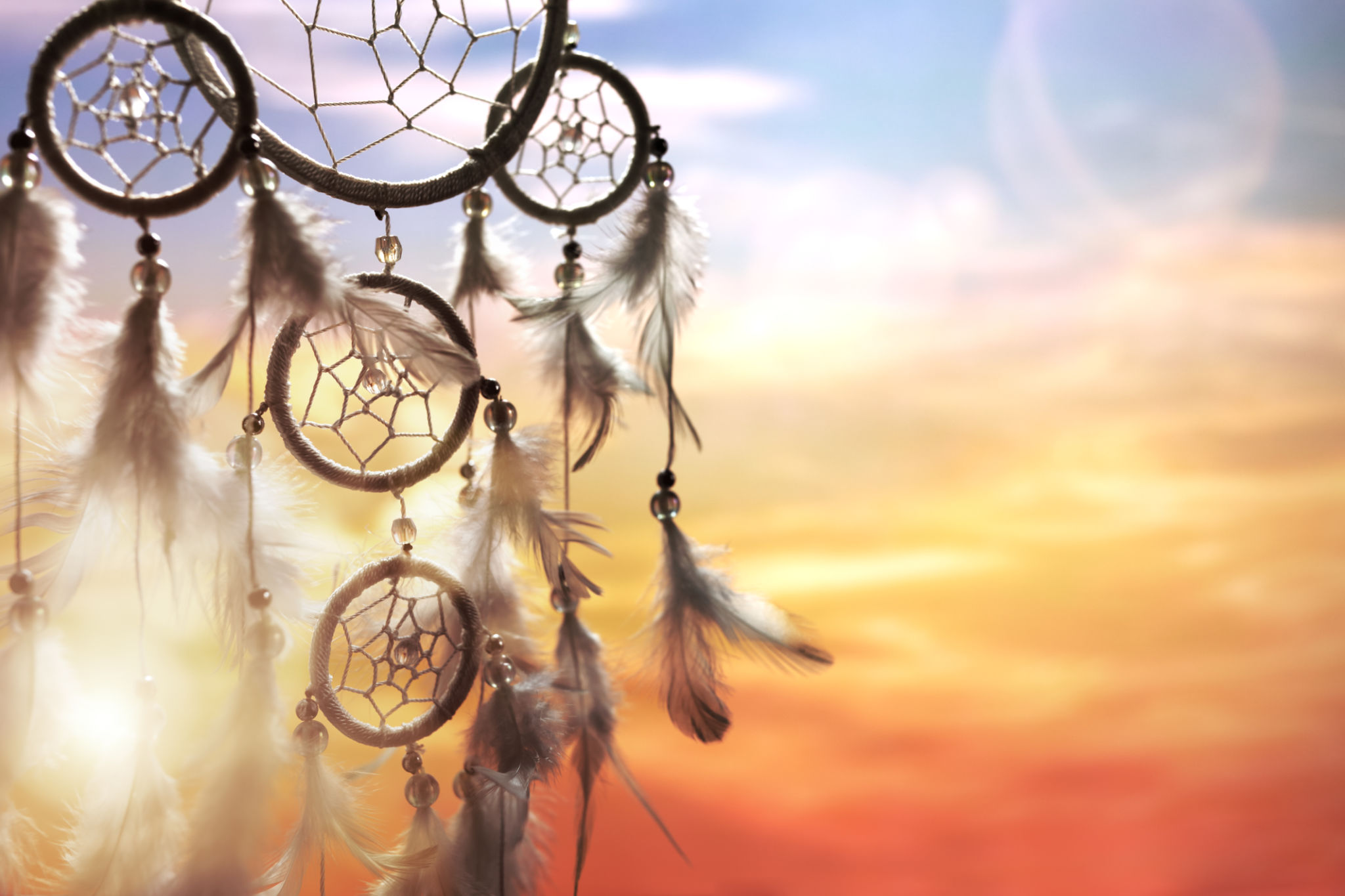The Cultural Significance of Dream Catchers: A Journey Through Traditions
The Origins of Dream Catchers
Dream catchers are more than just decorative items; they represent a rich cultural heritage deeply rooted in Native American traditions. Originally crafted by the Ojibwe people, these intriguing objects were designed to protect sleepers from negative dreams, ensuring that only good dreams passed through. The intricate web-like structure is believed to trap bad dreams, which dissipate with the morning sun.
Their origins date back centuries, with the earliest dream catchers made from natural materials like willow hoops and sinew. Over time, the use of feathers and beads was incorporated, each element adding a layer of symbolism and meaning. Today, dream catchers continue to serve as a connection to the spiritual world, preserving a tradition that has been passed down through generations.

Symbolism and Meaning
Every component of a dream catcher carries specific symbolic significance. The circular shape represents the circle of life and how forces like the sun and moon travel each day and night across the sky. The web or net is meant to filter dreams, allowing only positive thoughts to reach the sleeper.
Feathers, often hanging from the bottom of the dream catcher, are symbols of air and breath. In many Native American cultures, birds are seen as messengers between the spirit world and humans, so feathers play a crucial role in guiding good dreams to the sleeper below. Beads incorporated into the design can represent the spider, the creator of the web, or simply act as a charm to enhance its protective power.
Dream Catchers in Modern Culture
In recent years, dream catchers have gained popularity beyond their traditional roots. They are frequently used as decorative items in homes around the world and can be found in various forms such as jewelry and clothing accessories. While their aesthetic appeal is undeniable, it is important to appreciate their cultural significance and origins.

As dream catchers became more commercialized, there has been a growing movement to raise awareness about cultural appropriation. Many indigenous communities emphasize the importance of understanding and respecting the traditions from which these objects originate. Supporting artisans who create authentic dream catchers can help preserve the cultural heritage and ensure that these traditions continue.
The Making of a Dream Catcher
Creating a dream catcher is an art form that involves patience and skill. The process begins with crafting the hoop, traditionally made from willow, which serves as the foundation. The web is then woven using sinew or string, with meticulous attention given to each knot to form a symmetrical pattern.
Incorporating personal touches such as feathers, beads, or gemstones can add meaning to the dream catcher. Each choice reflects the creator's intentions and their understanding of the spiritual significance of these elements. Engaging in this creative process can be a meditative experience, connecting individuals with their inner thoughts and dreams.

The Role of Dream Catchers in Healing
Beyond their function as protectors during sleep, dream catchers are also believed to play a role in emotional healing. They can serve as reminders of hope and positivity, encouraging individuals to focus on positive thoughts and intentions. The process of making a dream catcher can be therapeutic, allowing one to express creativity while reflecting on personal aspirations.
Many people incorporate dream catchers into their meditation or mindfulness practices, using them as focal points for setting intentions or manifesting positive energy. As symbols of protection and harmony, dream catchers continue to inspire those who seek balance and peace in their lives.
